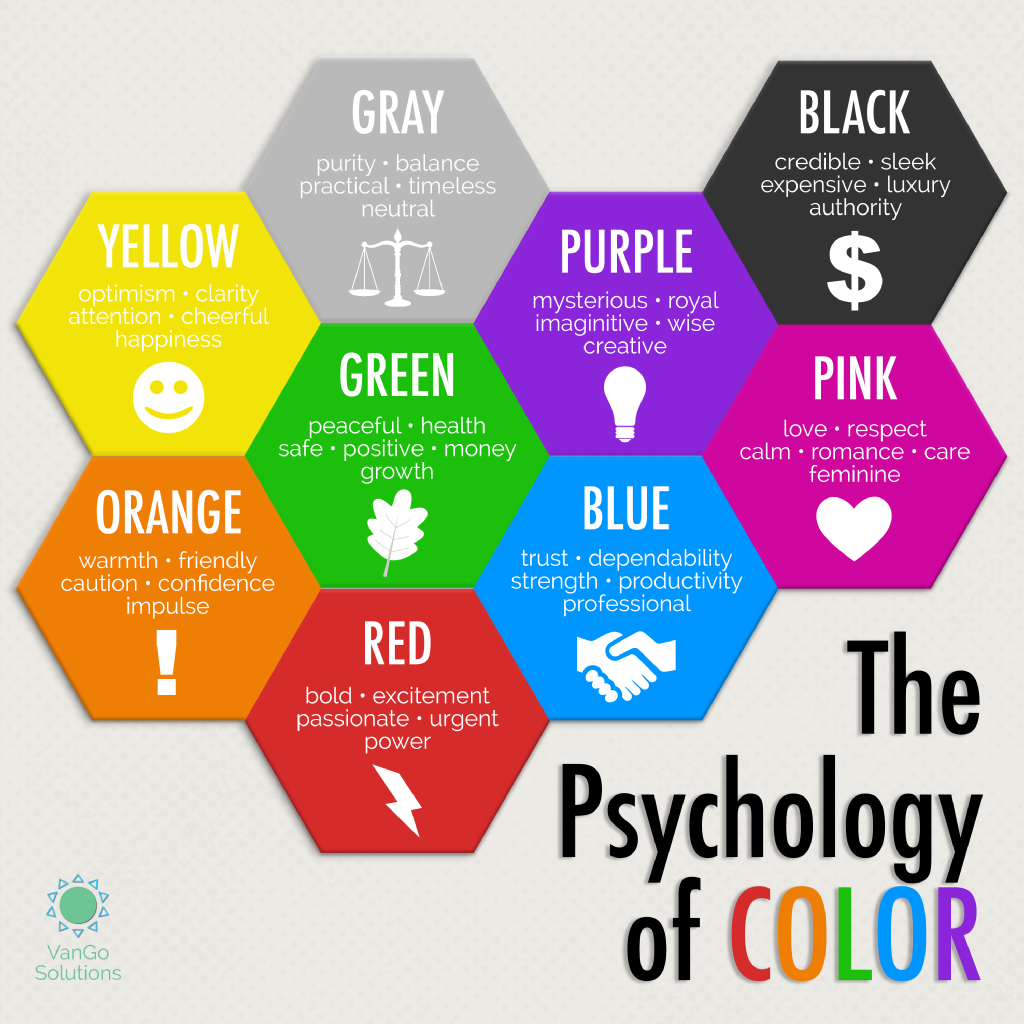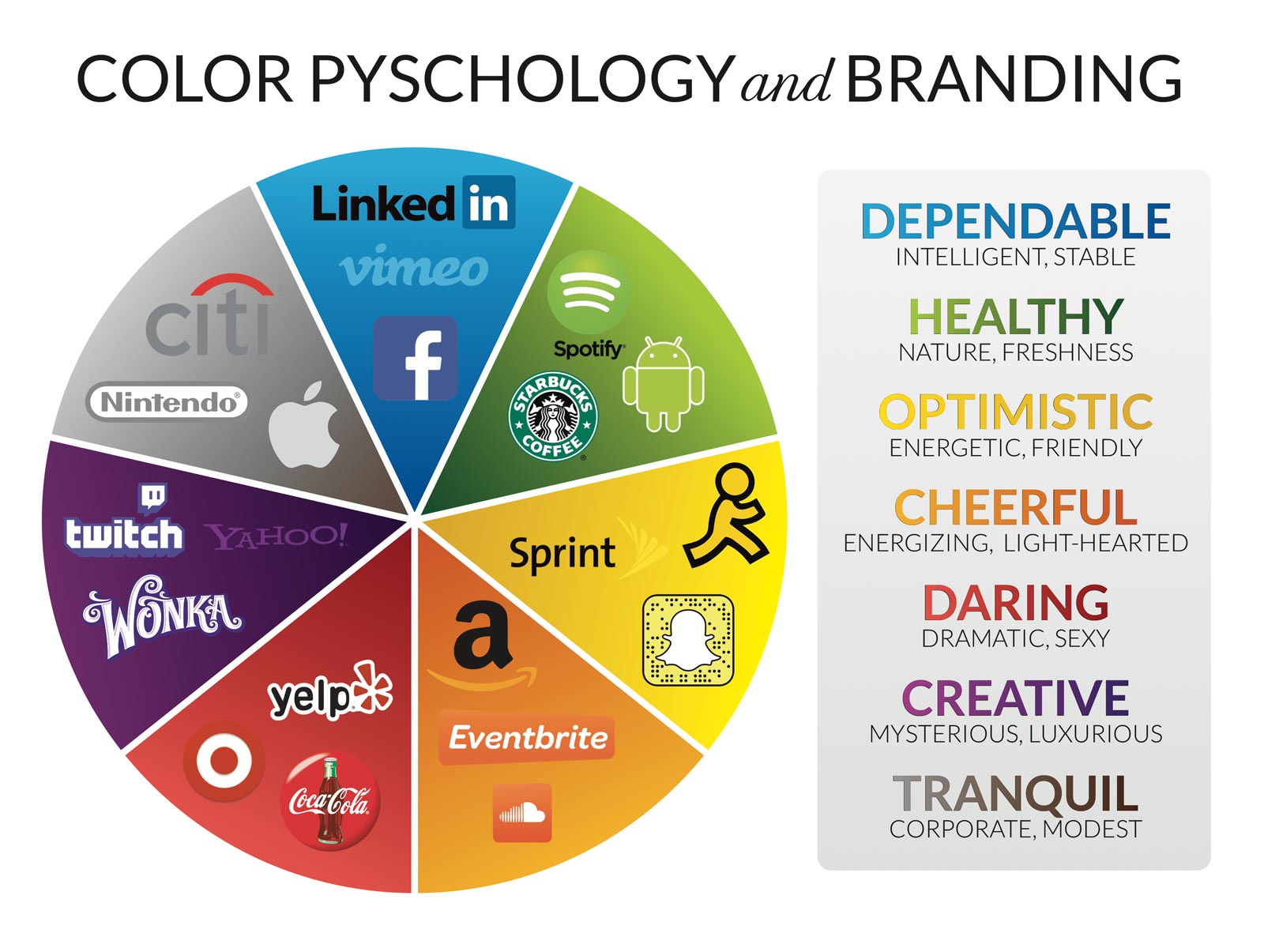
The colors we choose to surround ourselves with can have a profound impact on our emotions and overall well-being. From the clothes we wear to the decor in our homes, color psychology plays a significant role in how we perceive and experience the world around us. In this article, we will explore the emotional impact of decor choices and delve into the fascinating world of color psychology.
The Basics of Color Psychology

Color psychology is the study of how colors affect human behavior and emotions. It is a multidisciplinary field that combines elements of psychology, neuroscience, and design. While cultural and personal experiences can influence our perception of color to some extent, there are certain universal associations and emotional responses that we tend to have to specific colors.
Red: Red is a powerful and intense color associated with passion, energy, and excitement. It can evoke strong emotions and is often used to grab attention or stimulate appetite. However, excessive use of red can also lead to feelings of anger or aggression.
Blue: Blue is often associated with calmness, tranquility, and trust. It has a soothing effect on the mind and body and is commonly used in bedrooms and meditation spaces. However, too much blue can create a sense of coldness or sadness.
Yellow: Yellow is a cheerful and uplifting color that is often associated with happiness, optimism, and energy. It can create a sense of warmth and positivity in a room. However, excessive use of yellow can be overwhelming and lead to feelings of anxiety or irritability.
Green: Green is the color of nature and is often associated with growth, balance, and harmony. It has a calming and refreshing effect on the mind and is commonly used in spaces where relaxation is desired. However, too much green can create a sense of stagnation or boredom.
Purple: Purple is a color often associated with luxury, creativity, and spirituality. It can create a sense of mystery and intrigue in a space. However, excessive use of purple can be overwhelming and create a sense of artificiality.
Orange: Orange is a vibrant and energetic color that is often associated with enthusiasm, warmth, and creativity. It can create a sense of excitement and stimulation in a room. However, too much orange can be overwhelming and create a sense of restlessness.
Choosing Colors for Different Rooms

The emotional impact of decor choices can vary depending on the room in which they are used. Different colors have different effects on our emotions and can influence the overall atmosphere of a space. Here are some considerations for choosing colors for different rooms in your home:
Living Room

The living room is often the central gathering space in a home, where we spend time with family and friends. It is important to create a welcoming and comfortable atmosphere in this room. Here are some color suggestions:
- Neutral colors like beige or light gray can create a sense of calmness and relaxation.
- Warm colors like earthy tones or shades of red and orange can create a cozy and inviting atmosphere.
- Accent colors like blue or green can add a touch of serenity and balance to the room.
Bedroom

The bedroom is a place of rest and relaxation, where we recharge our bodies and minds. The colors used in the bedroom should promote a sense of tranquility and peace. Here are some color suggestions:
- Cool colors like shades of blue or green can create a calming and soothing environment.
- Soft pastel colors like lavender or light pink can create a sense of serenity and relaxation.
- Neutral colors like white or cream can create a clean and peaceful atmosphere.
Kitchen

The kitchen is often the heart of the home, where we prepare meals and gather with loved ones. The colors used in the kitchen should be energizing and inviting. Here are some color suggestions:
- Warm colors like shades of red or orange can stimulate appetite and create a lively atmosphere.
- Neutral colors like white or light gray can create a clean and fresh look.
- Accents of vibrant colors like yellow or green can add a touch of energy and freshness to the space.
The Impact of Color on Mood and Well-being

Colors have the power to evoke specific emotions and can greatly impact our mood and overall well-being. Here are some ways in which color can affect us:
Stress Reduction

Certain colors, such as shades of blue and green, have been shown to reduce stress and promote relaxation. These colors have a calming effect on the nervous system and can help create a peaceful environment. Incorporating these colors into your decor choices can help create a sense of tranquility and reduce feelings of anxiety and tension.
Mood Enhancement

Colors can have a profound impact on our mood. Warm colors like red and orange can create a sense of energy and excitement, while cool colors like blue and green can promote a feeling of calmness and serenity. Choosing colors that align with the mood you want to create in a space can greatly enhance your overall well-being and enjoyment of that space.
Productivity and Focus

Colors can also influence our productivity and ability to focus. Bright and vibrant colors like yellow and orange can stimulate the mind and promote creativity and productivity. However, it is important to strike a balance, as excessive use of these colors can be overwhelming and lead to restlessness. Finding the right balance of colors that promote focus and creativity can greatly enhance your productivity in work or study environments.
Conclusion

The colors we choose for our decor can have a significant impact on our emotions, mood, and overall well-being. Understanding the basics of color psychology can help us make informed decisions when it comes to decorating our homes. By selecting the right colors for different rooms, we can create spaces that promote relaxation, creativity, and productivity. Whether you're looking to create a calm and serene bedroom or an energizing and vibrant kitchen, color psychology can guide you in making the right decor choices. So next time you're redecorating, consider the emotional impact of your color choices and create a space that truly reflects and enhances your emotions and well-being.